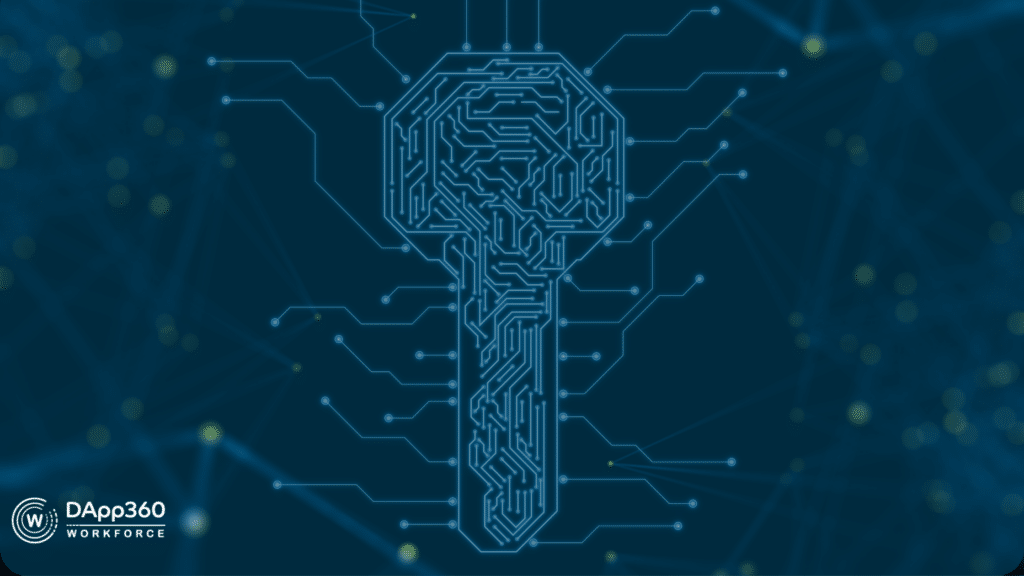In the realm of blockchain and cryptocurrencies, the concepts of public and private keys are fundamental. They form the backbone of blockchain security and user identity. Let’s break down these concepts into their basic components for easy understanding.
Simple Definitions:
Public Key: This is a cryptographic code that allows users to receive transactions into their blockchain account. Think of it like an email address—it’s okay for others to see it, and others need it to send you something.
Private Key: This is a secret cryptographic code that proves ownership of a public key. It’s used to sign transactions and prove that they come from the owner of the wallet. Think of it like a password to an email account—you wouldn’t want others to know it.
How Public and Private key work together:
The private and public keys are mathematically linked. Anything encrypted with a public key can only be decrypted by its corresponding private key, and vice versa.
Here’s an example, in a blockchain transaction:
A. Alice wants to send Bob some cryptocurrency. Bob shares his public key (akin to an account number) with Alice.
B. Alice creates the transaction and signs it with her private key. This is proof that the transaction genuinely originates from her.
C. The network (or anyone, for that matter) can use Alice’s public key to verify the transaction. If the transaction is successfully verified with Alice’s public key, it’s proof that it was signed with Alice’s private key, and thus, it’s genuinely from her.

Importance of Key Security:
Public Key: Since it’s used to receive funds or data, it’s okay to share it. However, someone with your public key can see all transactions associated with that key.
Private Key: This must be kept secret at all costs. Possession of the private key equals ownership of all funds or data associated with its corresponding public key. If someone else gets hold of your private key, they have full control over your funds.
Wallets:
In the blockchain world, a ‘wallet’ doesn’t hold coins but instead securely stores your private key. Wallets can be:
- Software-based: Stored on your computer or mobile device.
- Hardware-based: Physical devices like USB sticks.
- Paper wallets: Literally, a piece of paper with your private (and maybe public) key printed on it.
Conclusion:
Public and private keys in blockchain play a pivotal role in ensuring secure and authenticated transactions. While the mathematics behind their generation and their cryptographic properties can be complex, the principle is straightforward: the public key is for receiving, the private key is for spending, and together they ensure secure and authenticated transactions on the blockchain. Always keep your private key safe and never share it with anyone.
